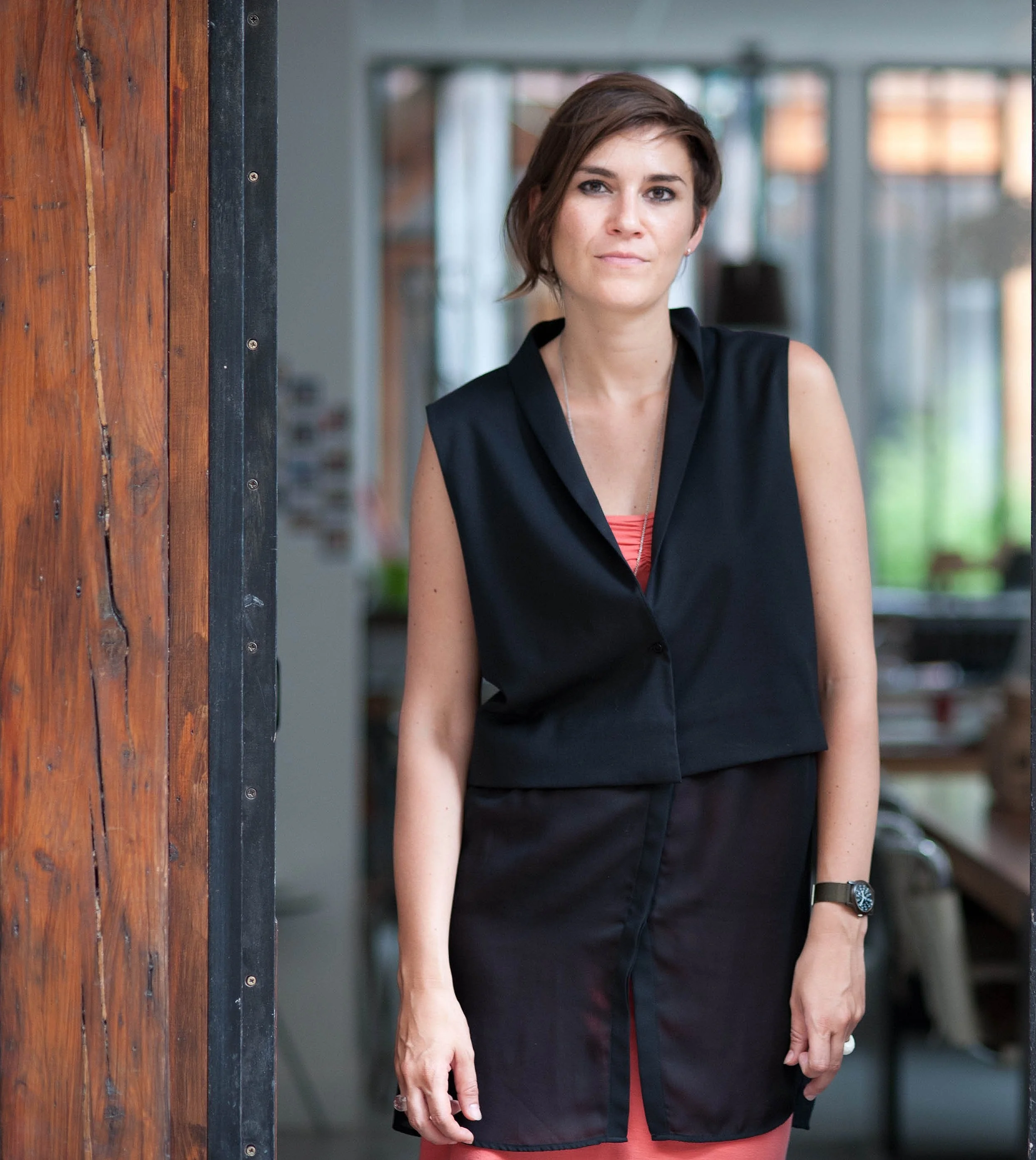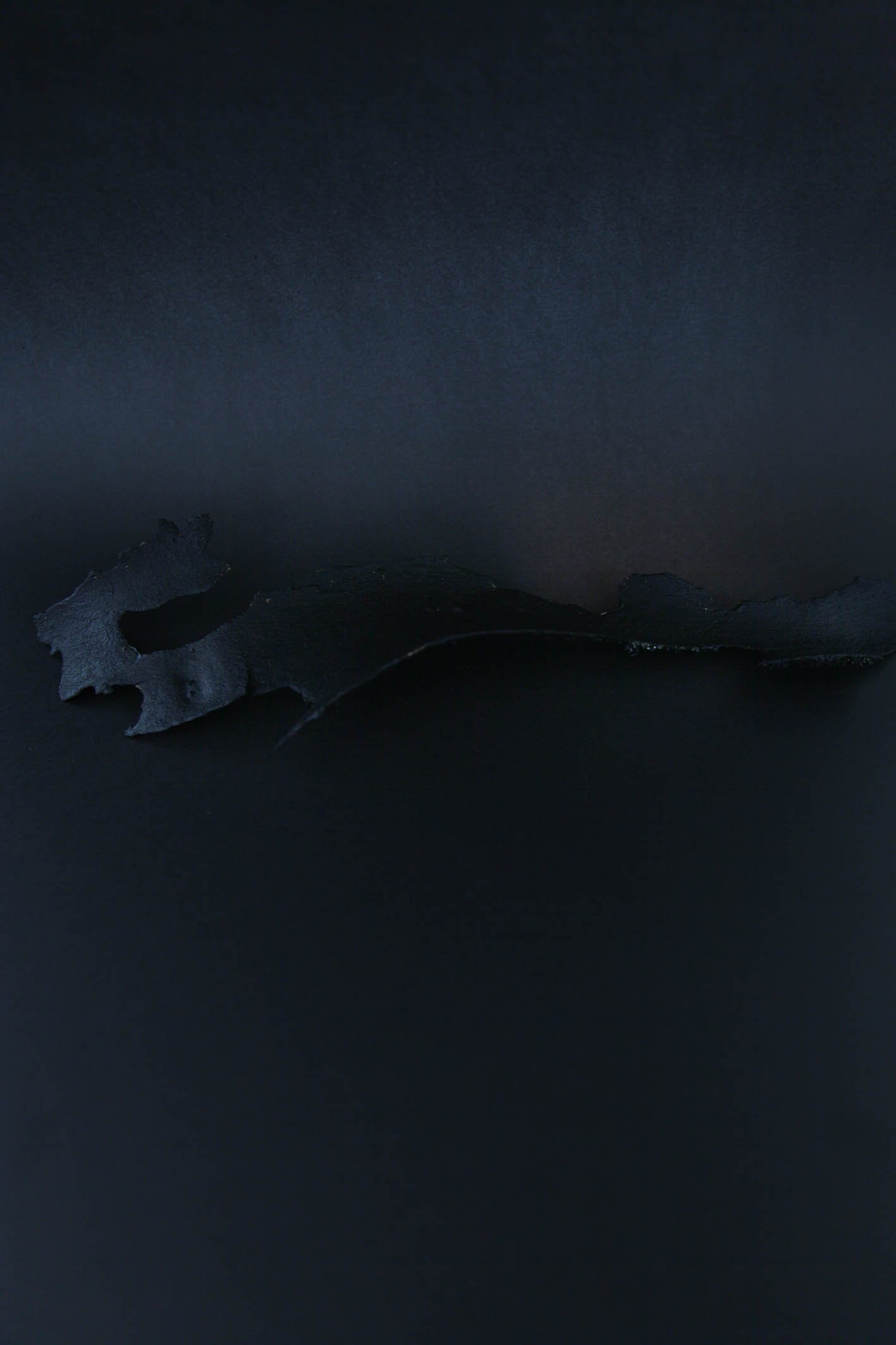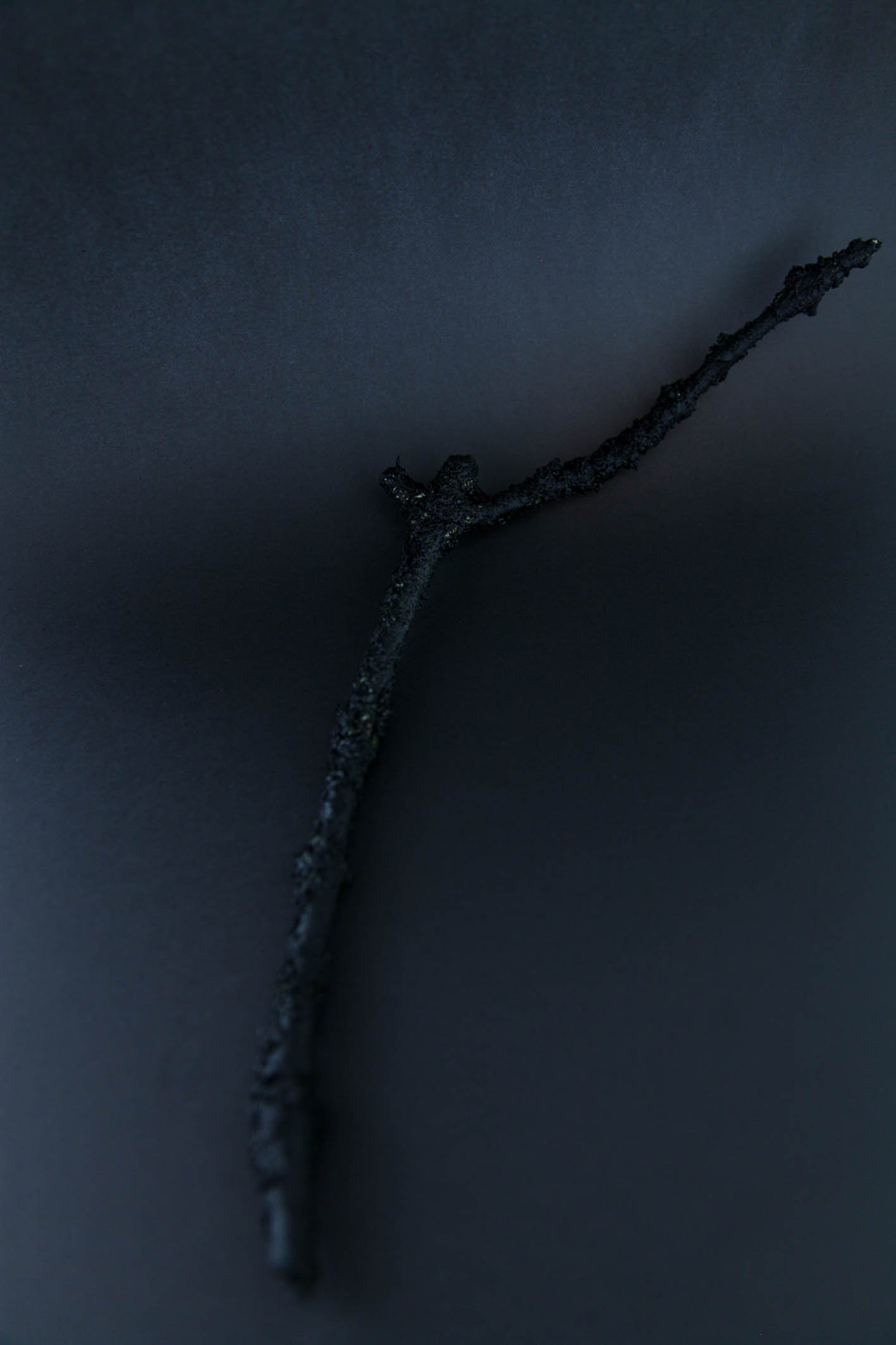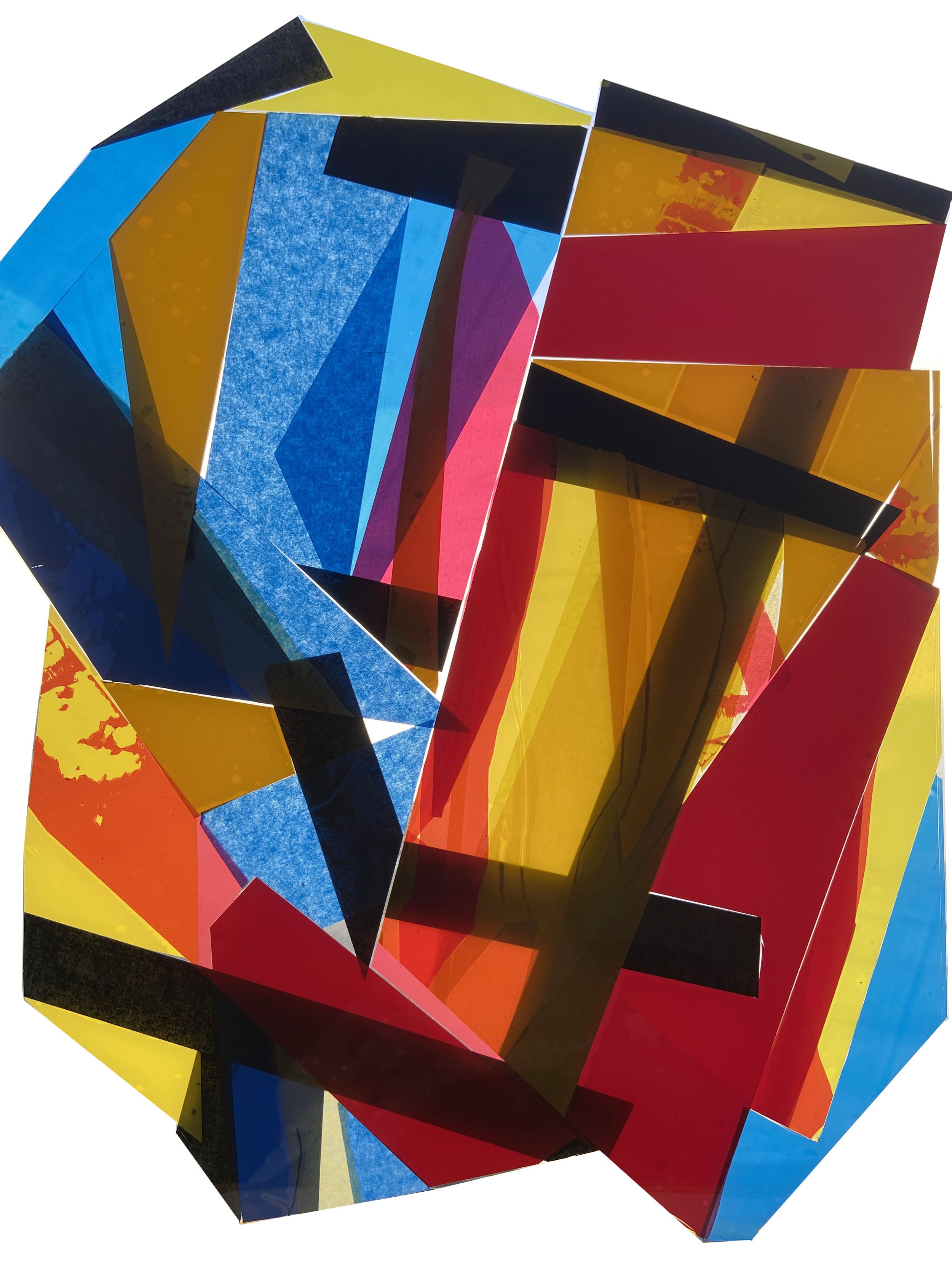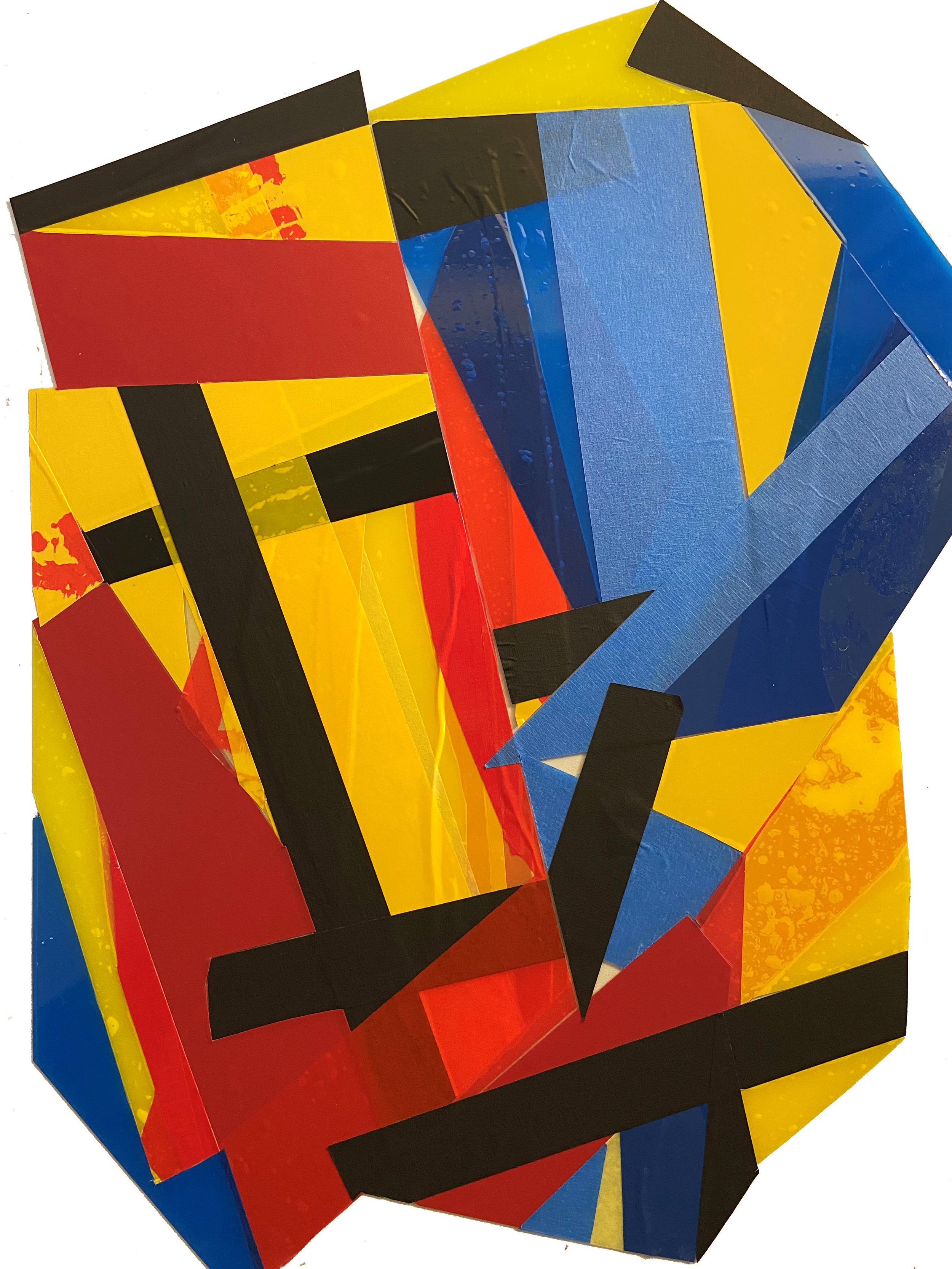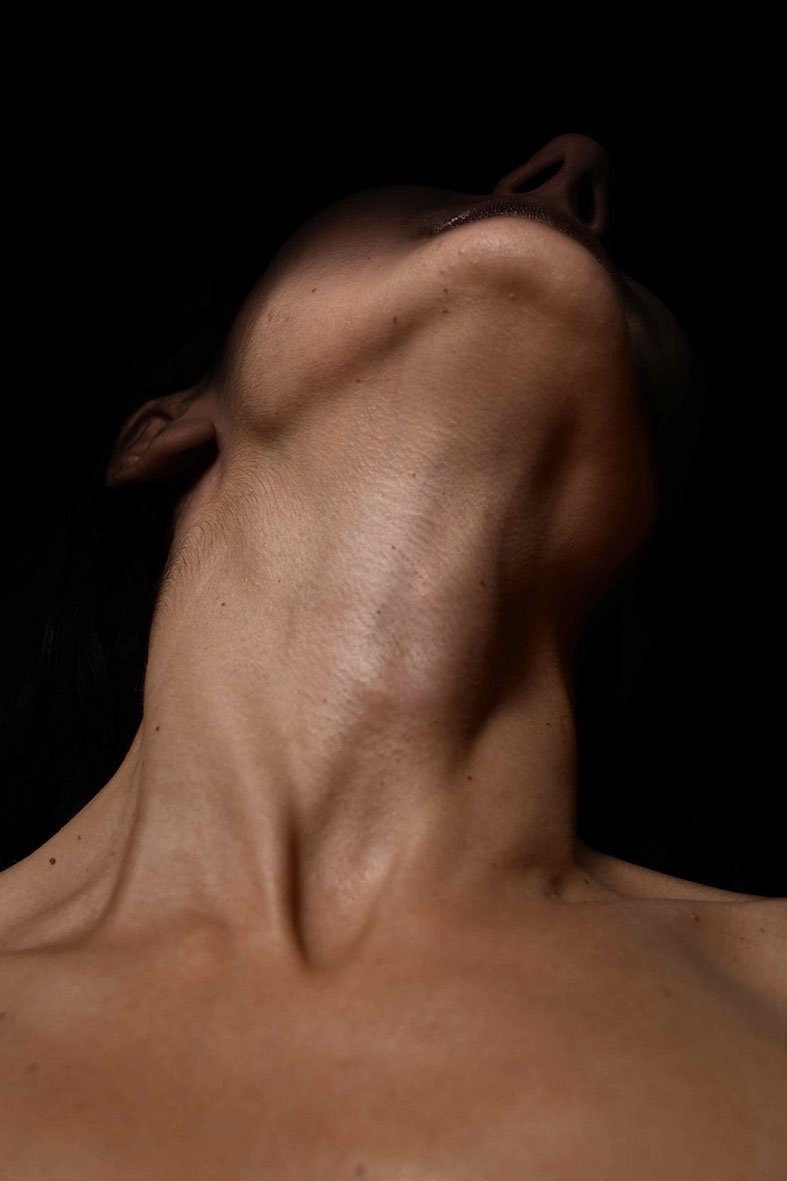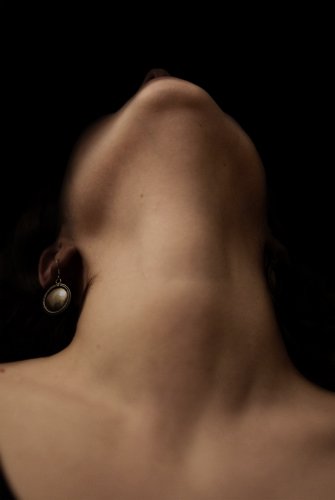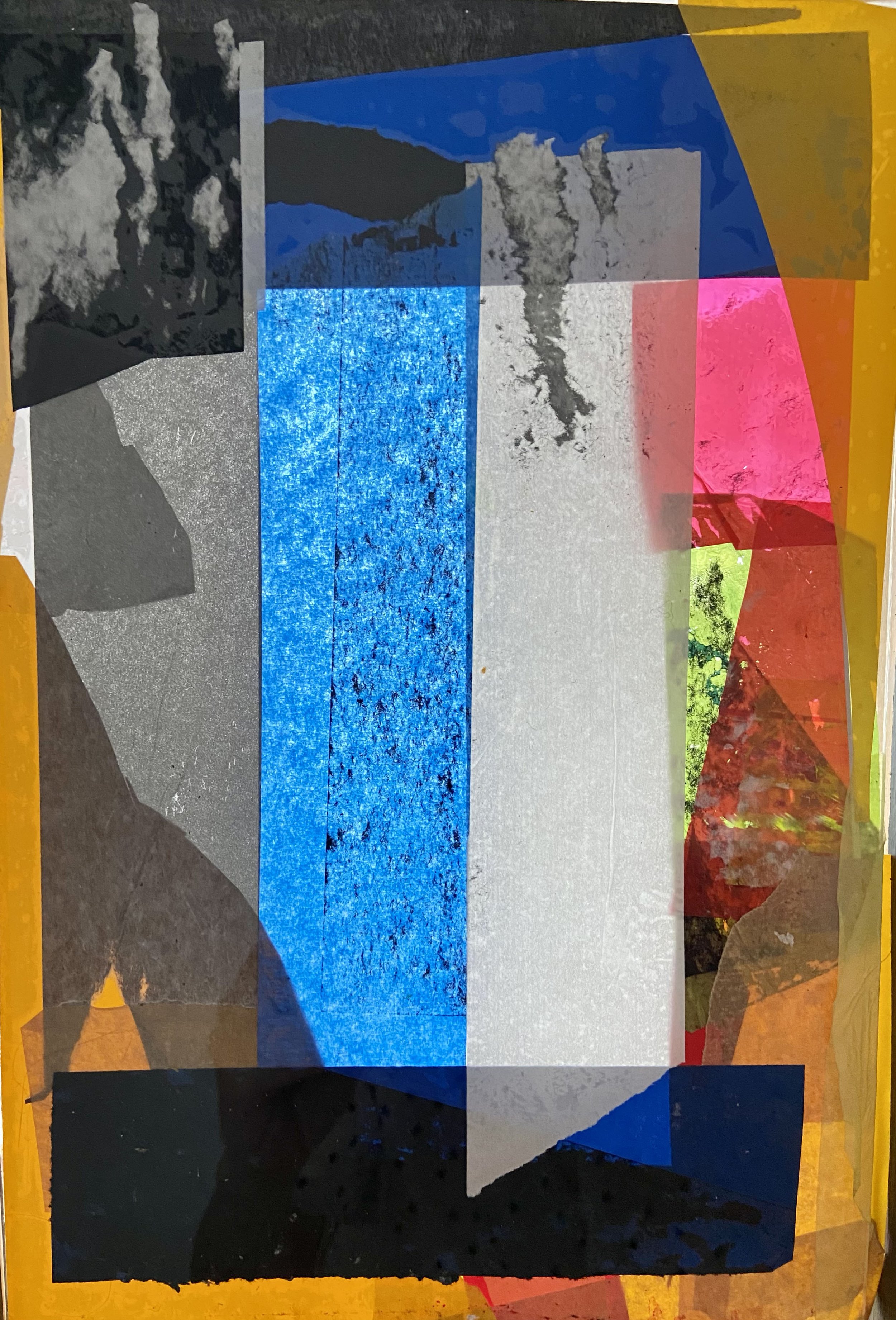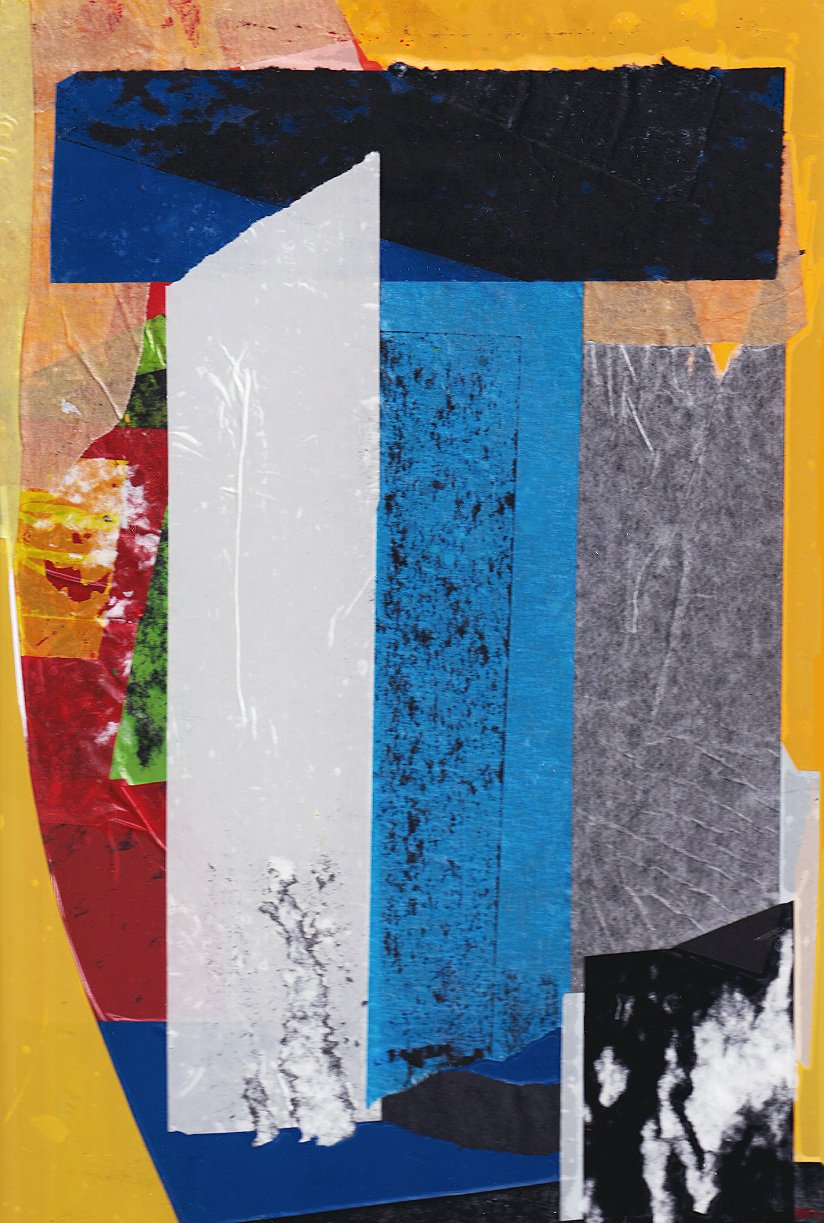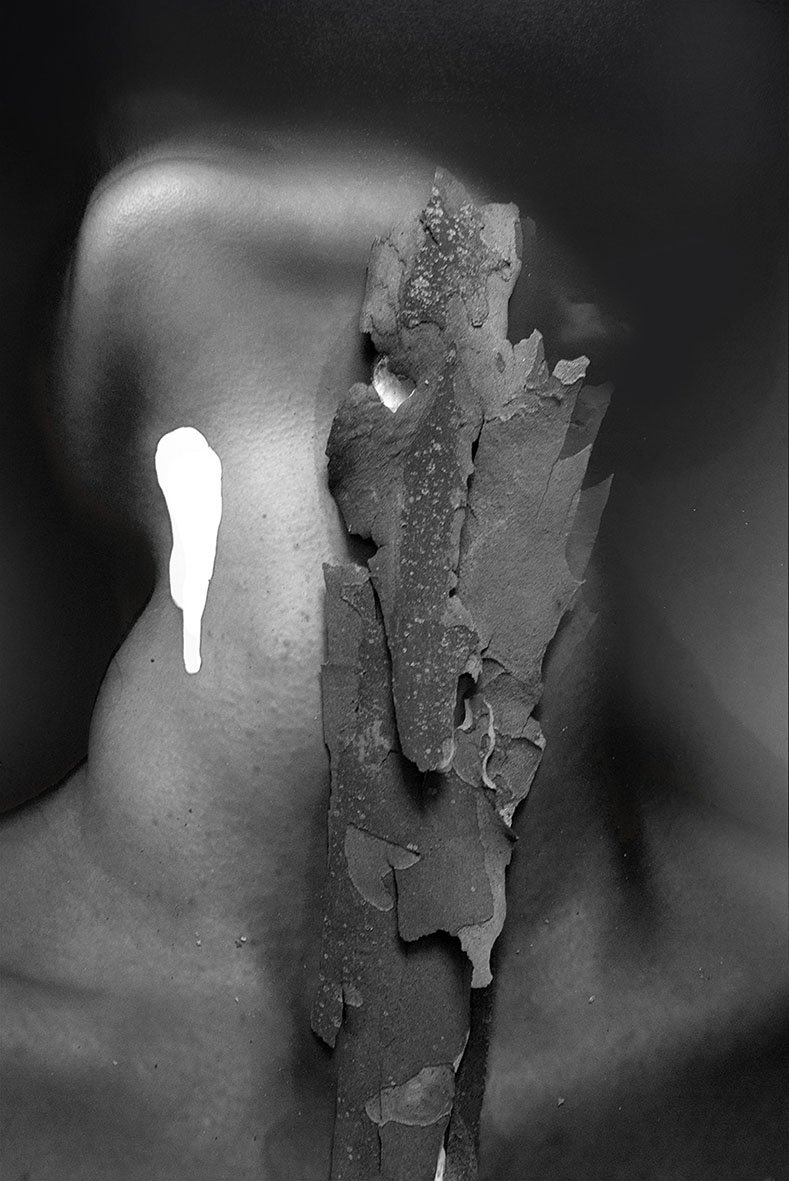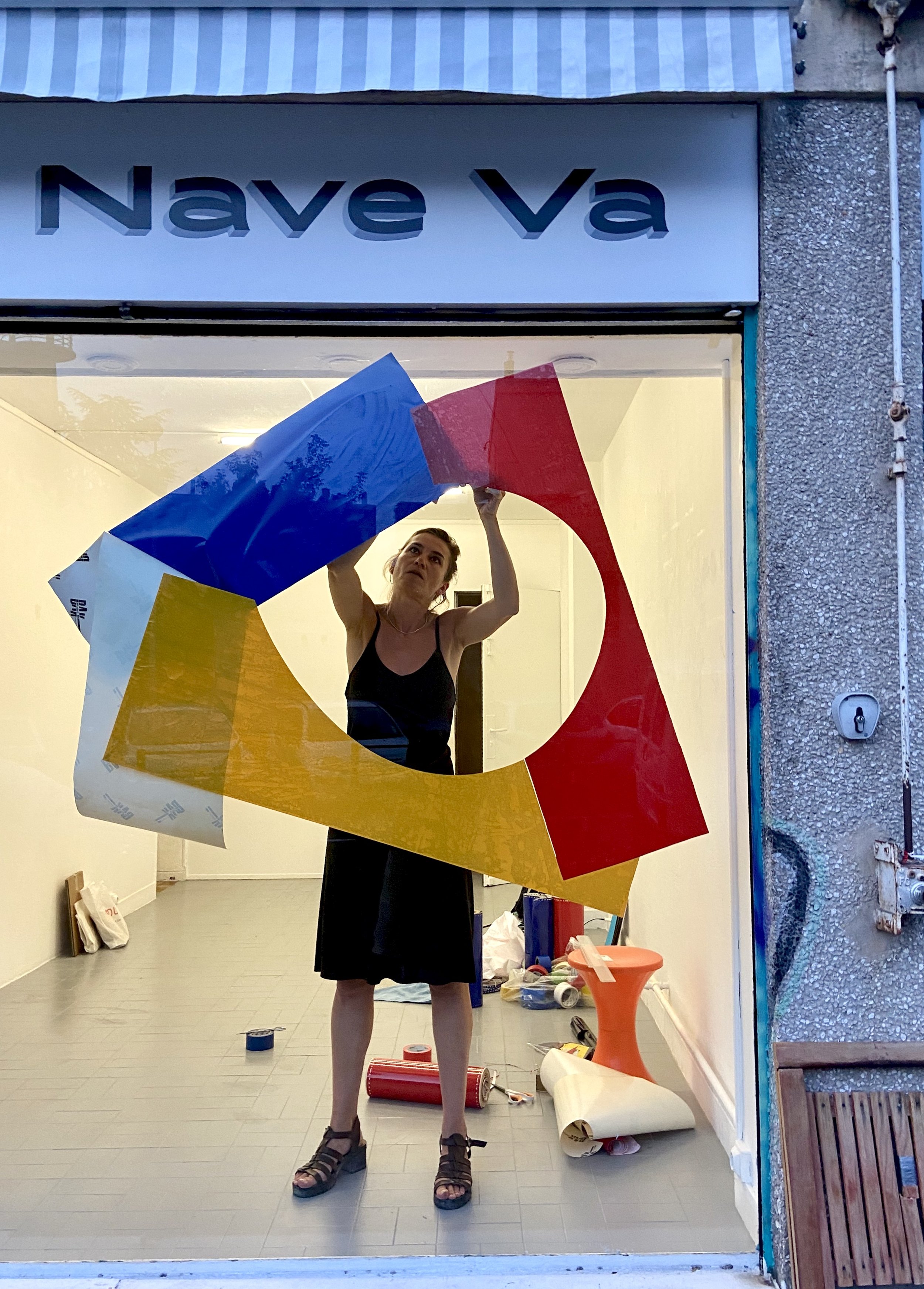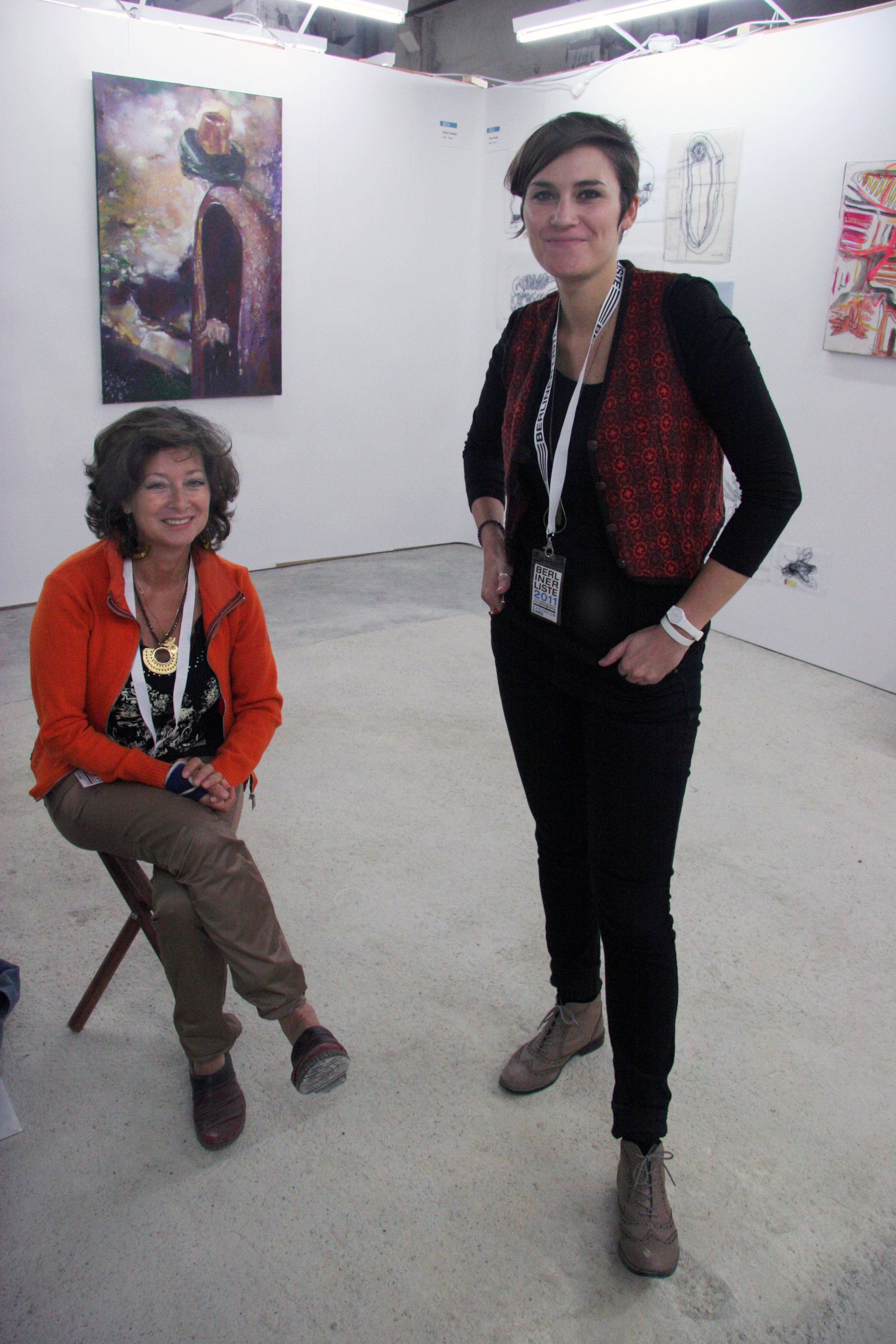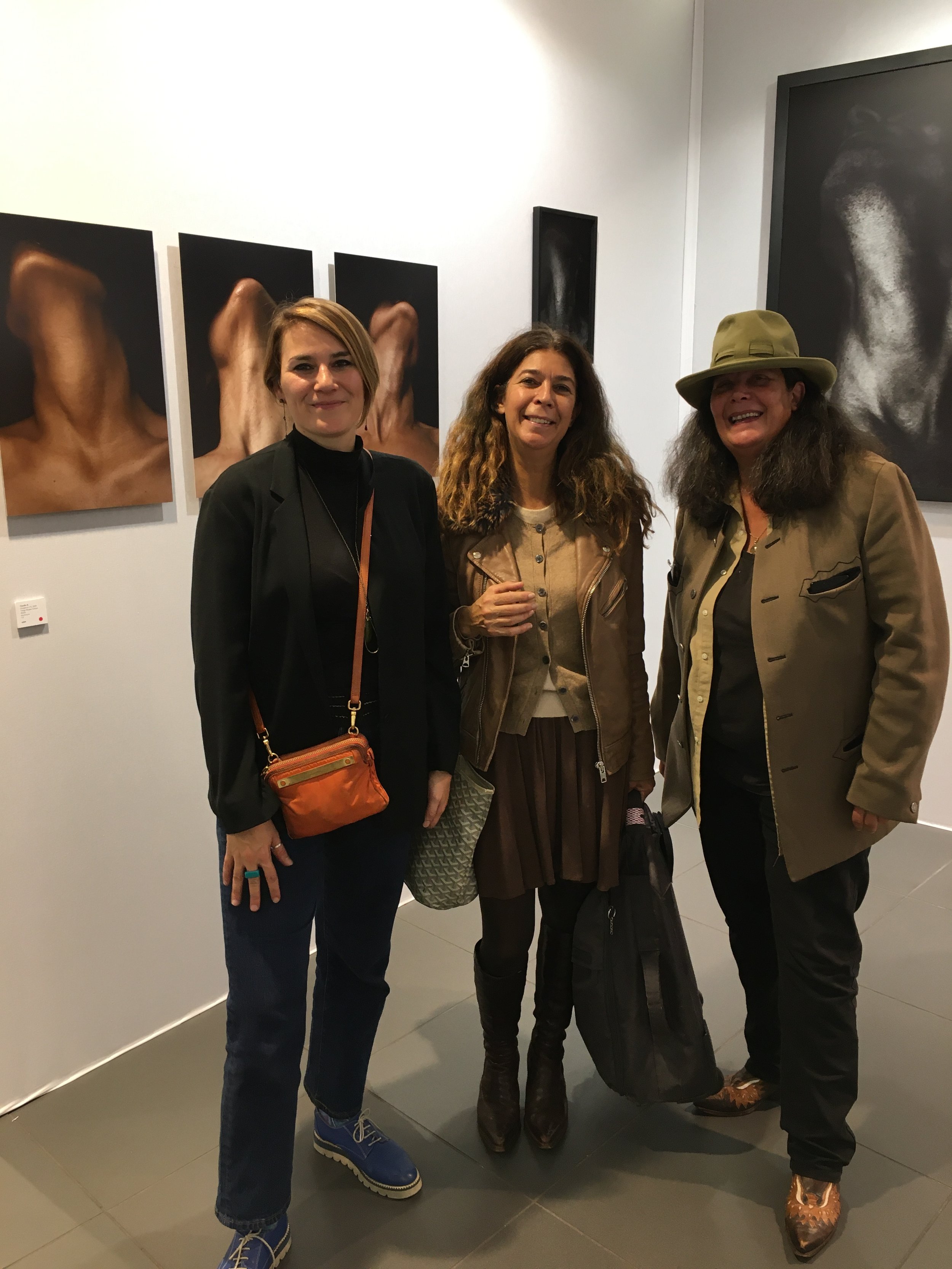Interview
Pauline Thomas
Pauline lives and works in Paris and Marseille.
She graduated in photography at Paris 8, attained a Master's degree in multimedia design and production at Gobelins, and a post-diploma with honors at the National School of Decorative Arts in interactive research. Pauline was Michel Jaffrennou’s assistant, the pioneer of video art in France.
Pauline’s photographic and multimedia work has been exhibited extensively, everywhere from France, to Seoul, London, New York, Kiev, Berlin and Sydney. Her work has also recently appeared on the cover of the Irish magazine ‘Abridged’, and has been exhibited by Elssie Ansareo as part of her El Observatorio exhibition, notably at the Guggenheim Museum in Bilbao.
Pauline received the gold medal at the PX3 in 2011, Photography Prize in Paris, the 3rd prize of the 22nd edition of the ‘Annual international juried exhibition’ awarded by Elisabeth Sussman, curator at the Whitney Museum, and an honorable mention in the ‘Professional Women Photographers’ category, awarded by Pulitzer Prize-winning photojournalist Ruth Fremson.
Today, Pauline wears 3 hats: artist, entrepreneur, and designers community leader.
What is your background and how did you start your journey in the art world?
“Art has been in my family for a long time. My great grandfather was given a camera and picture plate by one of the Lumière brothers, to capture their favorite gardener taking care of their property.
When I was a child, my father was a photographer at Club des 30x40, an iconic photo club in Paris at that time. He educated my curiosity and sharpened my sense of beauty. I became overly passionate as I observed the creation/revelation process.
In 2002, my father and I had the chance to be invited to join the artist group Card Castle, composed of painter Jean-François Comte, videographer Eve Livengood, textile artist Claude Perchenet and sculptor Dominique Coutelle. Each exhibition was orchestrated by scenographer Bernard Giraud and composer John Livengood.
Then I continued my own path, showing my photographs during art fairs and group shows in New York, Berlin, London, Paris, Kiev, Venice, and Sydney.”
What does your work aim to say? Does it comment on any current social or political issues?
“I seek to dig into reality and extract unseen dimensions. Through the reflection of angles of light, transparencies, and shuttering, I like to question the nature of what you see to transcend gender. My desire is to conjure another reality through ambiguity. This is eroticism, as understood by Georges Bataille — the tension of continuity in the relation between two opposites.
Whatever the medium, I pursue a fascinating quest capturing visible and invisible conversation, twisted by internal dynamics.”
Which current art world trends are you following?
“I follow the tape artists movement, which I’m happily a part of. I also follow mural and color artists Camille Walala, Darren John, William Lachance.”
“I like transition, change of state, the vitiation between two visual fields. It symbolizes emotional vistas — that moment when the worlds of day and night meet; where everything fades to create another reality.”
Do you plan your work in advance, or is it improvisation?
“Sometimes I have medium obsession: resin, plexiglass, glass, cement. Or a color: black, blue, yellow, etc., combined with a classical art topic: dead life, map, sea, body. It tends to be a systemic approach where medium, topic, color components come together at the right time and place, as if they were attracted by each other. The ideas I documented in the past rarely came to life. But recently I've read some old notes, and I can recognize pieces of ideas that unconsciously come into place much later. Probably when principal ingredients appeared right there under my eyes, in my hands.”
What process, materials and techniques do you use to create your artwork?
“I use photography, painting, tapes, plexiglass, stained glass, interactive dispositive, installations, writing or music composition. I try not to stick to one medium, which makes it quite difficult for my collectors to follow me. Instead, I follow my desires to discover a medium. I'm usually attracted by a medium that fits with the time I can dedicate to it. What can bring me more joy and more flexibility? Is the learning curve easy? Do I have the right space to start with? Do I need to plan a training or ask experts?
When I was student, I had a lot of time to experiment and lose myself. I composed a lot of music, but it took dedication, long time slots to focus, and very good recording facilities and instrument knowledge. I was lucky to be advised by friends.
Next, I wanted to be more independent and experiment without screens. I got really into photography and writing. The direct hold with reality, the one-off approach — you just wait to be surprised and catch the signs. It's a very light approach. I like the scale flexibility of the medium, but I finally decided that the production cost was too high for me to invest in at that time.
When I lived in London, I started to learn ancient oil painting techniques. I totally loved the very long-lasting approach, the very detailed focus needed, and the reflection in the drying phase. It makes your work breathe or die.
In the meantime, I also worked with maps, found object, and interactive video installation. It added movement, presence, and spontaneity to my work.
Finally, the pandemic drove me to use the material I had in my studio. I started to work with tapes and color adhesive strips. I keep the advantages of the other media: the repentance of oil, the colors and brush size of painting, the blurring effects of photography. But it's far more less fragile, so it's easy to show and send. I gain more freedom by not having to take too much care of the pieces.”
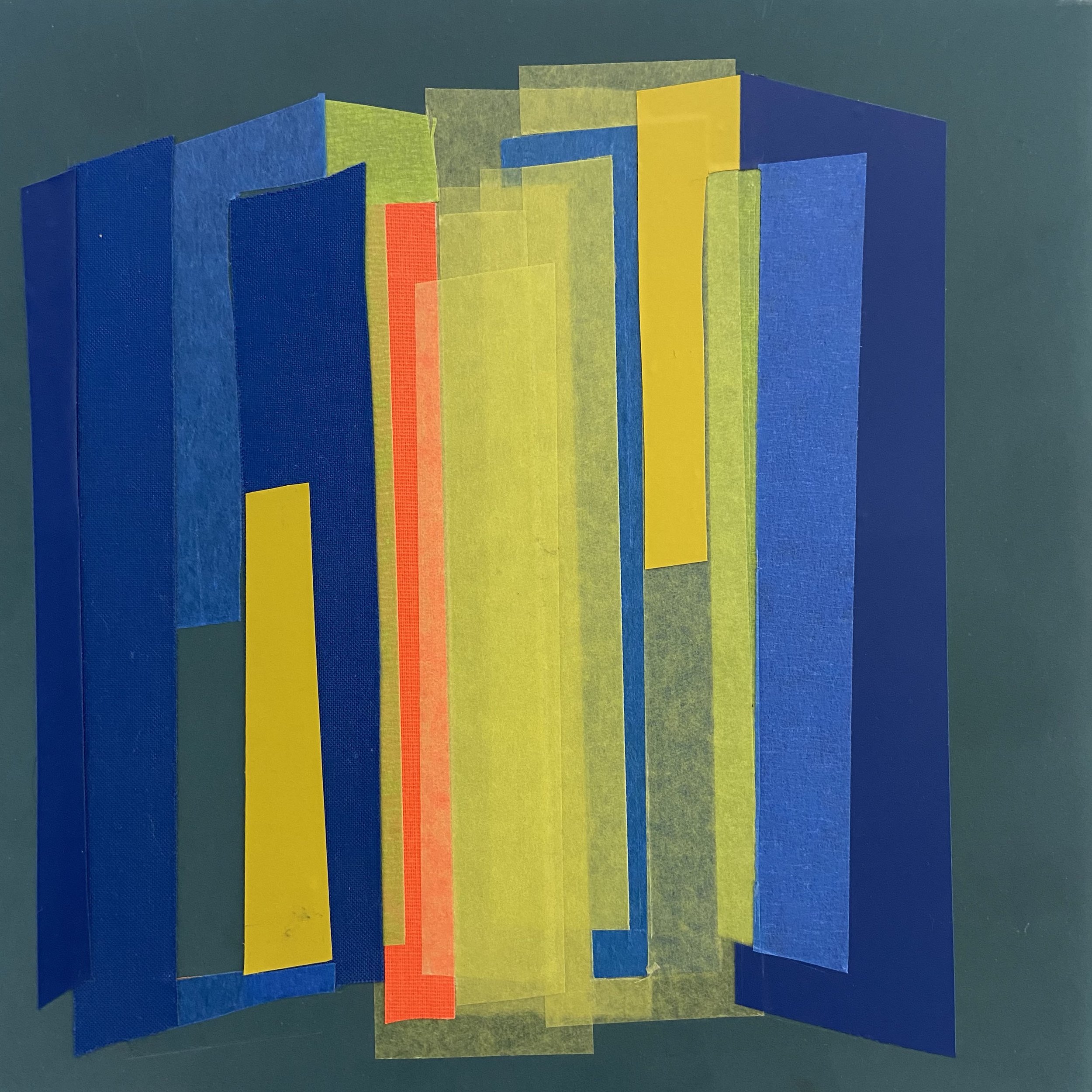
What does your art mean to you?
"Making art helps me touch in with my emotions and visualize my deepest thoughts. I like finding creative ways to make them consistent and palpable to others. I like it when my works open up conversations and invites people who are not comfortable with exhibitions to stop, watch and feel.”
What’s your favorite artwork and why?
“My favorite artwork might be one of the last photographs of the Gorgeous series: a bark lying into a damaged photo print, hiding the neck that I’d been painting for one hour. I took a photograph of this hazardous assemblage. The resulting picture was magnetic. A workmate had dreamed of it over a period of 6 months, and she finally acquired it. This picture seems to deliver a subtle message I still can’t decrypt!”
Have you had any noteworthy exhibitions you'd like to share?
“I’ve had solo and group exhibitions, and my work has been published in several magazines, as shown below:
2019 - Rencontres de la Photographie, Arles, France.
- Young international Art Fair, Paris, France.
2018 and 2017 - The Other Art Fair, Brooklyn, US.
2015 - Le Noir et blanc en couleurs (Baselitz, Warhol) Lizieres Art Center, France.
2013 - Nature(s), Fondation Vazarely, Aix-En-Provence, France
2012 - Elssie Ansareao selected some prints to show at El Observatorio exhibition project at Bilbao Guggenheim museum.
2011 - 3rd prize of 22nd annual international juried exhibition, curated by Elisabeth Sussman from the Whitney Museum, Viridian Artists, NYC, US.
- Berliner Liste, Berlin, Germany.
2009 - Pisaf, Seoul, South Korea.
2007 - Expanding the space » Octubre Centre de Cultura Contemporania, Valencia, Espagne.
2006 - Jeune Création, Paris, France.
You can see my past shows here.”

